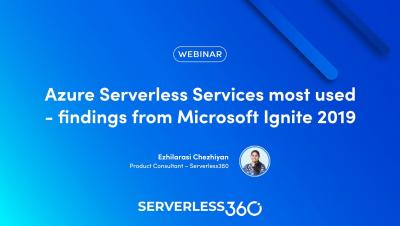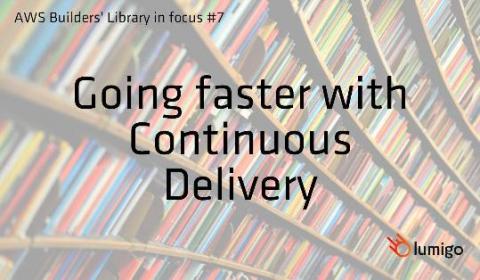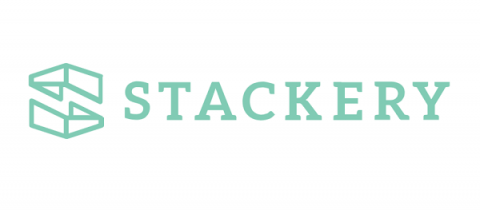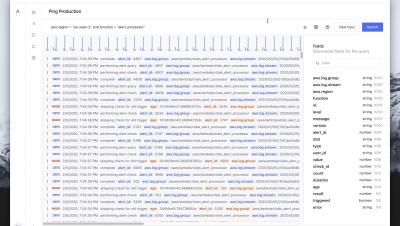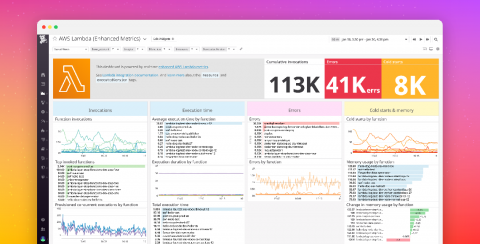Operations | Monitoring | ITSM | DevOps | Cloud
Serverless
The latest News and Information on Serverless Monitoring, Management, Development and related cloud technologies.
Send Custom HTML Email Notification with Power Automate Outlook Connector
Amazon Builders' Library in focus #7: Going faster with continuous delivery
Next in our series on the Amazon Builders’ Library, Mike Roberts of Symphonia picks out the key insights from the article Going faster with Continuous Delivery by AWS senior manager of software development Mark Mansour.
This Week's Top Five Serverless Tweets
I’d like to take a moment to point out some of my favorite things that have come across my Twitter timeline in the last week, if you’d like to see more follow Stackery on twitter!
Apex Logs -UI Preview
Top 10 Serverless Deployment Errors (and How to Fix Them)
You know what they say: successful deploys are all alike; every unsuccessful deploy is unsuccessful in its own way (ok, no one actually says that, except engineers who have read way too much Russian literature, ahem).
Key metrics for monitoring AWS Lambda
AWS Lambda is a compute service that enables you to build serverless applications without the need to provision or maintain infrastructure resources (e.g., server capacity, network, security patches). AWS Lambda is event driven, meaning it triggers in response to events from other services, such as API calls from Amazon API Gateway or changes to a DynamoDB table.
Tools for collecting AWS Lambda data
In Part 1 of this series, we discussed AWS Lambda functions and some key metrics for monitoring them. In this post, we’ll look at using Amazon’s native tooling to query those metrics. We’ll also show you how to collect logs and traces that provide further visibility into your Lambda functions. Amazon provides built-in monitoring functionality through CloudWatch and X-Ray.
Monitoring AWS Lambda with Datadog
In Part 2 of this series, we looked at how Amazon’s built-in monitoring services can help you get insights into all of your AWS Lambda functions. In this post, we’ll show you how to use Datadog to monitor all of the metrics emitted by Lambda, as well as function logs and performance data, to get a complete picture of your serverless applications. In this post, we will: Datadog integrates with AWS Lambda and other services such as Amazon API Gateway, S3, and DynamoDB.
Introducing Lambda Enhanced Metrics
AWS Lambda decouples the need to provision and maintain a runtime environment from running code, allowing developers to focus on applications rather than infrastructure. But, by abstracting away the underlying infrastructure of an application, serverless architectures introduce new challenges into monitoring and observability.


